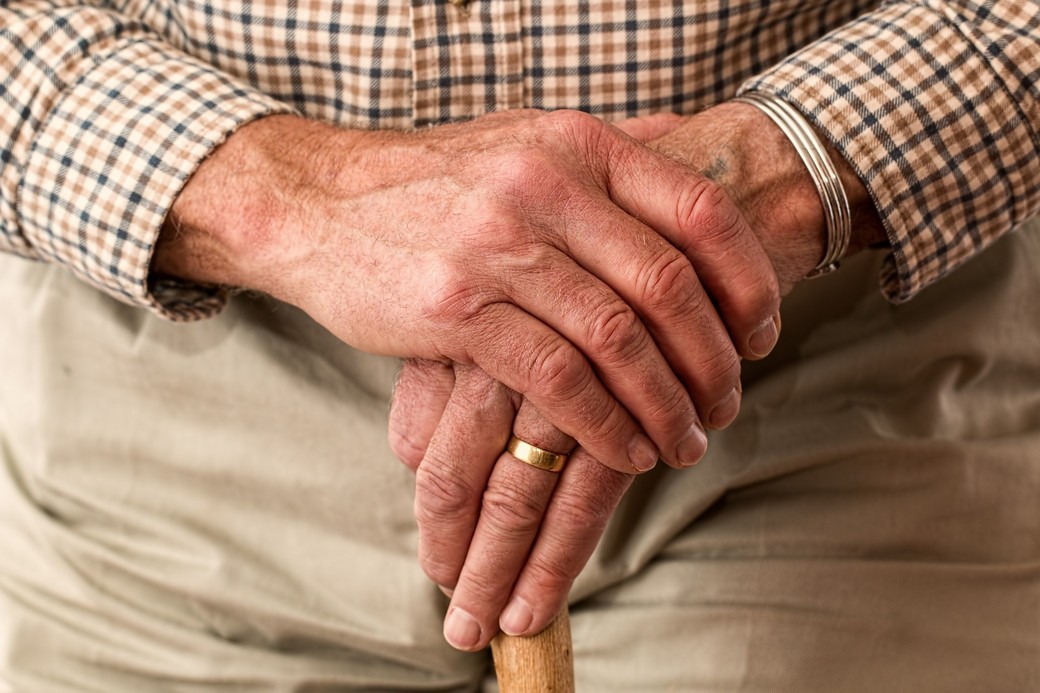
Incentivizing Ontario doctors to offer “after hours” care did not decrease emergency room visits
By: Tara Kiran
You’re getting home after a long day at work and the cough that has been bugging you just doesn’t seem to be letting up. Your muscles ache, you’ve got chills and you hear a slight wheeze when you breathe out. What do you do?
Do you head to the local emergency department? A walk-in clinic? Or does your family doctor have an after-hours service?
As a family doctor, I’d like to think you’d call your doctor’s office or go to their after-hours clinic. But chances are, you head to the emergency department.
Canadians use the emergency department far more than people in other high-income countries. In the last two years, 40 per cent of Canadians were seen in the emergency department compared to 24 per cent in the UK, 20 per cent in the Netherlands and just 11 per cent in Germany.
Canadian governments have wondered whether one way of curbing emergency department use is to improve access to family doctors after-hours.
About 15 years ago, Ontario introduced new practice models that paid physicians differently and encouraged them to work in groups and take responsibility for a roster of patients. Physicians in these new practice models were also required to provide a certain number of evening or weekend clinics. The hope was to divert some emergency department visits to family practices.
Unfortunately, it didn’t quite work as planned.
Our recent study found that emergency department use did not decrease for patients who joined the new practice models. Between 2003 and 2014, there was actually an increase in the rate of emergency department visits in Ontario, particularly during the day. At the same time, the overall rate of visits to family doctors went down but family doctors seemed to be providing more after-hours care.
Why didn’t asking family doctors to provide after-hours care reduce emergency department visits? There are a few potential explanations.
First, it may be that an increase in family doctor availability after-hours was offset by a decrease in availability during the day. Ontario has a fixed supply of family doctors, many already trying to juggle a demanding workload. Perhaps one way of coping with new requirements was to decrease daytime hours.
Second, providing more services may just increase people’s demand for services. When the UK introduced urgent care clinics, people started going there but they also kept going to the emergency department at the same rate they did before.
Or maybe you do see your family doctor and they are worried about pneumonia so they send you to the emergency department because that’s the only way they can get an x-ray after-hours.
Many of our emergency departments are overcrowded – partly because of a shortage of hospital beds but also because of the sheer numbers seeking care. Can better access to primary care help us reduce the demand on emergency departments? Our findings suggest it’s complicated.
Just asking family practices to provide more care on the evenings and weekends is likely not enough. Family practices need to have the right resources to provide care after-hours including access to labs and x-rays. Ideally, after-hours coverage is shared by a large group of doctors and other team members who have access to shared electronic patient records.
We also need to improve timely access to primary care during the day. Few Canadians are able to get a timely appointment with their family doctor or nurse practitioner when sick. In a recent international survey, 25 per cent said they went to the emergency department because their family doctor wasn’t available.
We can learn from reforms in other countries. For the last 15 years, family doctors in the Netherlands have been organized in large cooperatives, each serving 100,000 to 500,000 patients and featuring a single regional telephone number. In the evenings and weekends, trained nurses triage calls, and if needed, physicians assess patients on the phone, in clinic or at home. Perhaps it’s not surprising that the Netherlands has one of the lowest emergency department visit rates.
More after-hours care may not necessarily reduce emergency department visits, but it’s still an important service for patients.
We need to better understand patient values and rethink how we have designed our system for those with an acute health complaint in the evenings or on weekends. Let’s learn from other countries and evaluate related reforms here in Canada.
Tara Kiran is a family physician at the St. Michael’s Hospital Academic Family Health Team, Adjunct Scientist at ICES, and the Fidani Chair in Innovation and Improvement at the University of Toronto. She is a Contributor with EvidenceNetwork.ca based at the University of Winnipeg.








